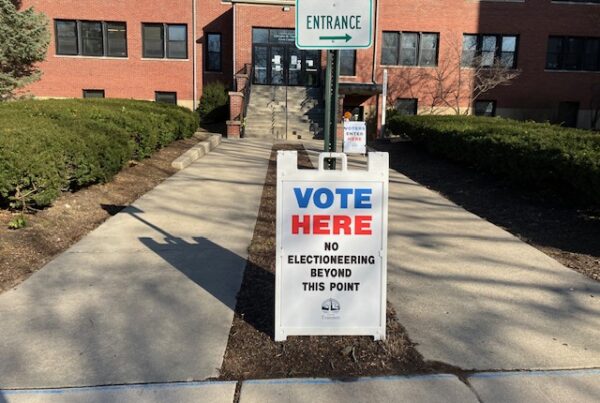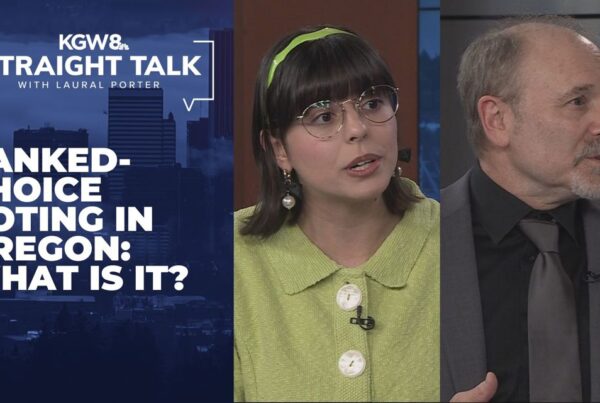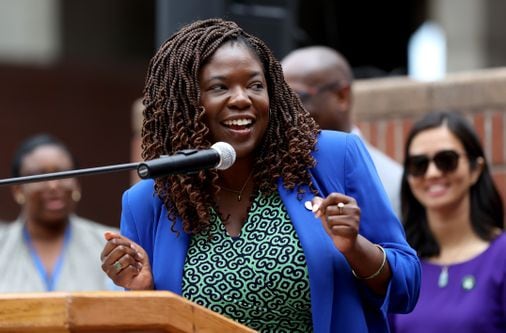| Michael Martz | Richmond Times-Dispatch |
Virginians won’t lack choices when they go to the polls on Tuesday to vote in Republican and Democratic primaries for U.S. Senate and the House of Representatives. But in many races, they may end up with party nominees who win without a majority of votes cast or even much of a plurality.
So is it time for Virginia to broaden use of ranked choice voting to ensure that winners receive at least 50% of the vote?
About the best case you’ll ever see
“The 2024 primaries are about the best case you’ll ever see for ranked choice voting,” said Stephen Farnsworth, director of the Center for Leadership and Media Studies at the University of Mary Washington in Fredericksburg, in the heart of the 7th District. “When you have more than a half dozen candidates in the field, you may end up seeing winners with 20 to 22 percent of the vote.”
Ranked choice voting isn’t entirely new to Virginia. The Republicans used it to choose Rich Anderson as state party chairman in a three-way race in 2020. Gov. Glenn Youngkin won the Republican nomination in a field of seven candidates in 2021 to propel him ultimately to the governor’s office. Hung Cao, who is running for the Republican Senate nomination this year, won a firehouse primary to challenge Wexton in 2022 as a political unknown in a field of 11 candidates.




